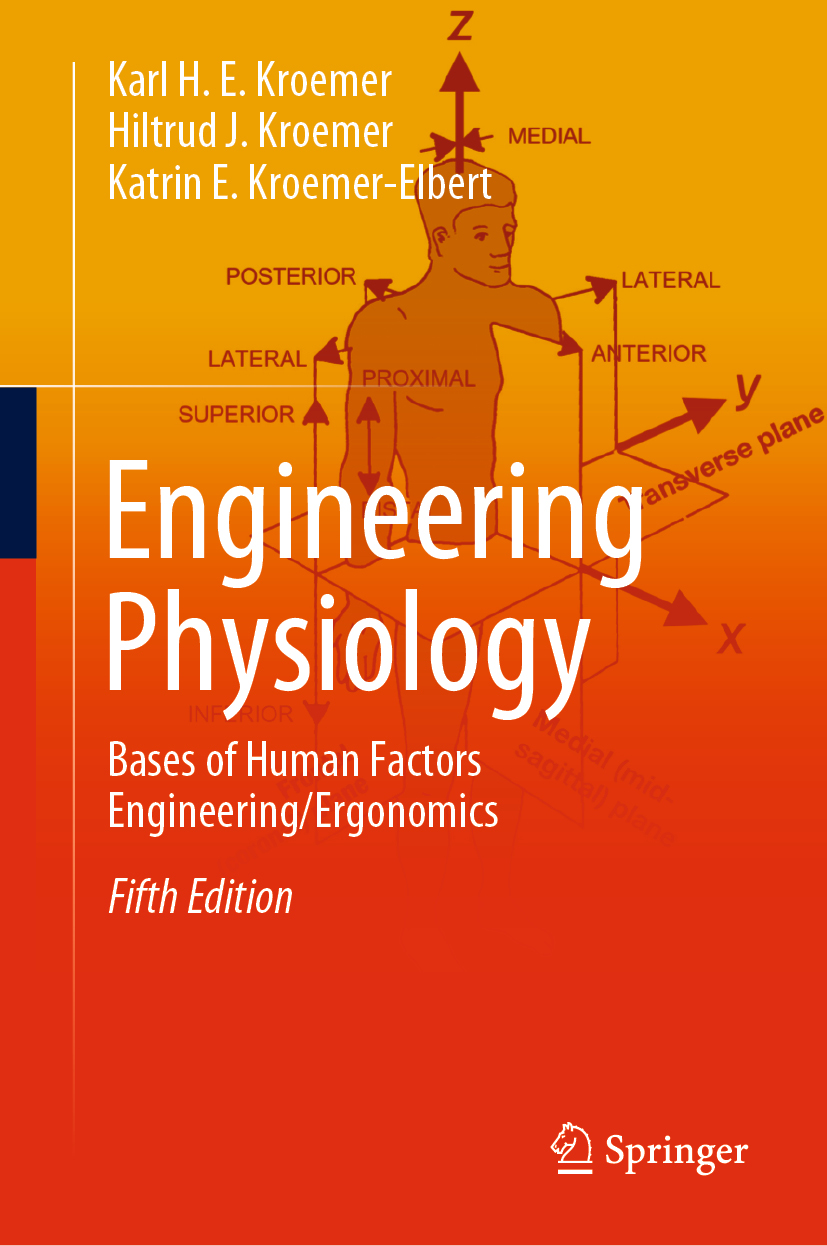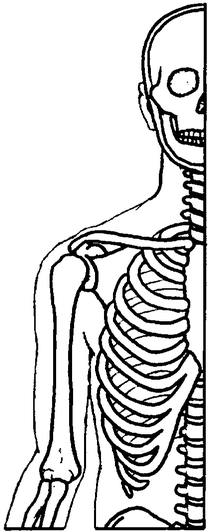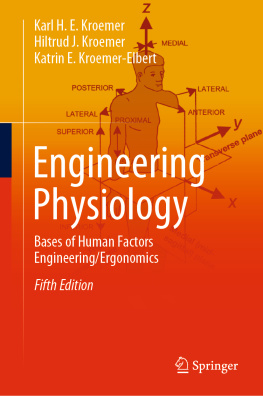Karl H. E. Kroemer - Bases of Human Factors Engineering/ Ergonomics
Here you can read online Karl H. E. Kroemer - Bases of Human Factors Engineering/ Ergonomics full text of the book (entire story) in english for free. Download pdf and epub, get meaning, cover and reviews about this ebook. year: 2020, publisher: Springer International Publishing, genre: Romance novel. Description of the work, (preface) as well as reviews are available. Best literature library LitArk.com created for fans of good reading and offers a wide selection of genres:
Romance novel
Science fiction
Adventure
Detective
Science
History
Home and family
Prose
Art
Politics
Computer
Non-fiction
Religion
Business
Children
Humor
Choose a favorite category and find really read worthwhile books. Enjoy immersion in the world of imagination, feel the emotions of the characters or learn something new for yourself, make an fascinating discovery.
- Book:Bases of Human Factors Engineering/ Ergonomics
- Author:
- Publisher:Springer International Publishing
- Genre:
- Year:2020
- Rating:3 / 5
- Favourites:Add to favourites
- Your mark:
- 60
- 1
- 2
- 3
- 4
- 5
Bases of Human Factors Engineering/ Ergonomics: summary, description and annotation
We offer to read an annotation, description, summary or preface (depends on what the author of the book "Bases of Human Factors Engineering/ Ergonomics" wrote himself). If you haven't found the necessary information about the book — write in the comments, we will try to find it.
Bases of Human Factors Engineering/ Ergonomics — read online for free the complete book (whole text) full work
Below is the text of the book, divided by pages. System saving the place of the last page read, allows you to conveniently read the book "Bases of Human Factors Engineering/ Ergonomics" online for free, without having to search again every time where you left off. Put a bookmark, and you can go to the page where you finished reading at any time.
Font size:
Interval:
Bookmark:


This Springer imprint is published by the registered company Springer Nature Switzerland AG
The registered company address is: Gewerbestrasse 11, 6330 Cham, Switzerland
This fifth edition of Engineering Physiology has the same purpose as the earlier prints: To provide physiological information which engineers, designers, managers and many other persons need to make work and equipment fit the human.
Recent experiences with biomechanics and modeling of the body.
Effects of shift work/sleep loss on body functions, attitude and performance.
New measurements of body sizes and the resultant changes in applications of that information.
We chose the title Engineering Physiology in the 1980s to indicate our treatment of the topic. The book does not take the place of standard (biological-medical-chemical) textbooks on human physiology; instead, it models and describes the human body in terms that provide practical, design-oriented information on essential features and functions.
Even an audacious engineer wouldnt dare to devise a system as complicated as the human body. Yet, what we design, whether simple tools or complex structures, must suit the humans who use them. Therefore, understanding how the human body functions, what it can do with ease (or, worst, barely tolerate) is the basis of human-centered engineering.
This book helps lay the foundations for teamwork among engineers and physiologists, chemists, biologists and physicians. Bioengineering topics concern bones and tissues, neural networks, biochemical processes, anthromechanics, biosensors and prosthetics, perception of information and related actions, to mention just a few areas of common interest.
Such understanding provides the underpinnings for devising work tasks, tools, workplaces, vehicles, work-rest schedules, human-machine systems, homes and designed environments so that we humans can work and live safely, efficiently and comfortably. This is the field of ergonomics or human (factors) engineering, terms often used interchangeably.
Every chapter starts with a model:
When developing models we must realize that selecting certain features, drawing distinctions, making classifications usually imposes artificial divisions of our own choosing upon a universe that is, in many ways, all in one piece. We do such modeling because it helps us in our attempted understanding of the intricate system. It breaks down a set of objects and phenomena too complex to be grasped in their entireties into smaller realms that we can deal with one by one. There is nothing objectively true about such models; the only proper criterion of their value is their usefulness. (Slightly altered from Isaac Asimov, 1963, The Human Body, p. 13. Signet, New York.)
Basic human physiological characteristics did not change in recent years, though body sizes did. The previous editions of this book (in 2010, 1997, 1990, and 1986) contain listings of earlier publications. In this fifth edition, we are referring mostly to recent publications, along with selected classic references.
Traditional practice was to support statements in the text by listing the names of the authors, and of their co-authors, who wrote previously on that topic. That wordy custom disrupts the flow of reading, especially when there are strings of names and dates. To avoid that problem, we simply place a small marker, * , in the text where references or explanations are desired. These appear, at the end of the chapter, in a separate Notes section, which the reader may skip or consult.
We appreciate your comments, telling us what we did well and what we should do better. You can contact us at kroemer@vt.edu or katrin.ergonomics@gmail.com.

The skeletal system of the human body contains some 200 skeletal bones , their articulations , and associated connective tissue . These structures all consist of special cells embedded in an extracellular matrix of fibers and a ground substance. Bones provide the structural framework for the body. Ligaments connect the bones at their articulations , while tendons connect muscle with bone . Mobility is provided by the action of muscles across the articulations of bones . In particular, the spinal column is often of great concern to the ergonomist because it is the locus of many overexertion injuries.
Font size:
Interval:
Bookmark:
Similar books «Bases of Human Factors Engineering/ Ergonomics»
Look at similar books to Bases of Human Factors Engineering/ Ergonomics. We have selected literature similar in name and meaning in the hope of providing readers with more options to find new, interesting, not yet read works.
Discussion, reviews of the book Bases of Human Factors Engineering/ Ergonomics and just readers' own opinions. Leave your comments, write what you think about the work, its meaning or the main characters. Specify what exactly you liked and what you didn't like, and why you think so.






